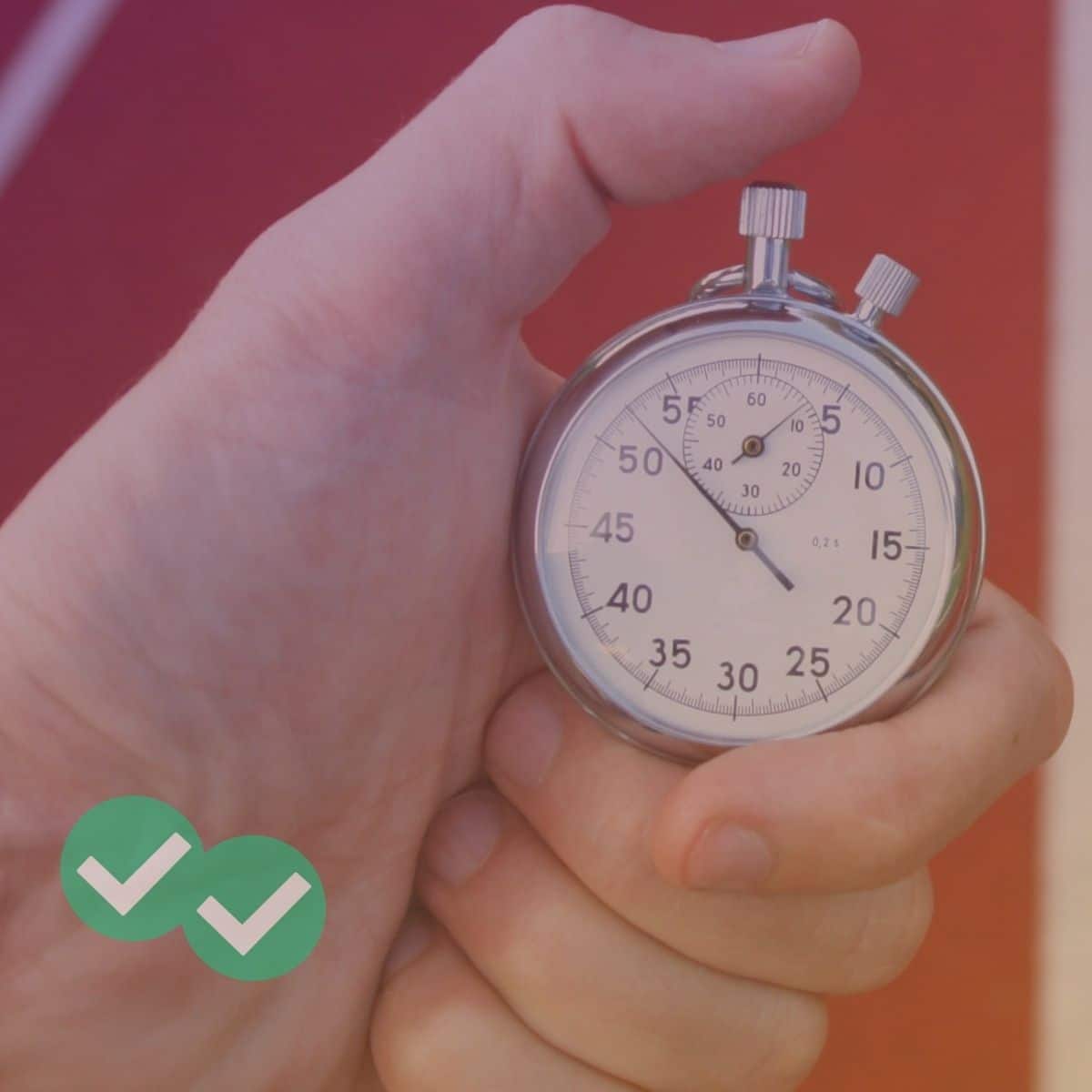You study for months, mastering concept after concept, practice test after practice test, and then on the big day, in front of the test itself, you are so nervous that you psych yourself out. How to avoid this? This series of articles presents a few ideas that have the potential to transform your experience of performing under pressure, on the GMAT and beyond.
The Breath
This recommendation, at first blush, is going to sound like the oldest cliché in the book: breathe deeply. Before you completely dismiss this, let me talk for a moment about neuroanatomy.
The Autonomic Nervous System
Parts of our nervous system are under our conscious control: thoughts, skeletal muscle motion, etc. Beyond that, there are circuits that run everything over which we have no conscious control. This is the Autonomic Nervous System, which takes care of digestion, kidney and liver functions, healing, etc. The Autonomic Nervous System has two complementary sections: SNS & PNS.
The Sympathetic Nervous System
The first is the Sympathetic Nervous System (SNS): this is the system that revs us up in excitement, fear, or stress. When the SNS is activated, adrenaline & cortisol levels rise, heart rate increases, breathing becomes more rapid and more shallow, digestion & immune function & libido are inhibited, muscle tension increases, and blood is directed more toward the outer musculature (as would be needed in fight or flight). A little bit of SNS arousal is good every day, but prolonged SNS arousal with rare breaks, over the course of months and years, has potentially disastrous effects on long-term health.
The Parasympathetic Nervous System
The second is the Parasympathetic Nervous System (PNS), the so-called Relaxation Response. When the PNS is activated, adrenaline & cortisol levels decline, heart rate decreases, breathing becomes slower and deeper, digestion & immune function & libido are enhanced, muscle tension decreases, and blood is directed more toward the inner organs. This state facilitates focus, concentration, recall, and insight.
SNS/PNS and Test-Taking
Of the two branches, which is more helpful on a big test like the GMAT? Well, to excel, you have to be energized enough that you are not apathetic or falling asleep, but beyond that minimal level of SNS arousal, you should be relaxed, in PNS arousal. There, your intuition has the greatest free play, and you will be better positioned to draw on your potential.
The “On Switch” for the PNS
If you are in SNS arousal, how do you get to the PNS state? This is the magic of the breath. One can’t consciously direct one’s heart rate or cortisol levels, but by consciously taking slower and deeper breaths, that stimulates the PNS and all its effects. This is one of the many benefits, for example, of meditation. The breaths have to be very big: comparatively short in-breaths that expand the whole belly & whole chest, and then comparatively slow out-breaths. If you practice this regularly, you will feel the effects. Practice sitting in traffic, in meetings, standing in line. Practice before (or during) a stressful discussion with your boss or lover. If you practice this skill enough to develop some proficiency in relaxing yourself by the time you take the GMAT, you will be giving yourself one of the powerful overall advantages you possibly could have.
Mindfulness
Mindfulness is open-ended awareness. If I move through my life with mindfulness, I am curious, perceptive, and present to my present circumstances. To be mindful is to notice the often overlooked taken-for-granted details of everyday life. To practice the skill of mindfulness, one might, for example, try to notice one new thing on one’s way to work each day, or try to notice each day one new sight or perspective in a place you ostensibly know very well. Mindfulness can be externally focused on the environment, and can also be internally focused: how does my body feel right now? What is the quality of my breath? Are my muscles relaxed? What emotions are passing through me? What thoughts are running through my head? To be mindful is never to be too far away from such questions, never to completely lose track of the primary feelings of one’s self in the rush of outer events.
Benefits of Mindfulness
In recent years, psychologists have amassed a small mountain of data demonstrating the enormous benefits of mindfulness practices. Jon Kabat-Zinn is one of the leading authors in this burgeoning field. Several books & workshops are available that can assist one in developing mindfulness practices. Mindfulness practice can reduce stress, and increase both clarity and perceptivity.
See also Mindful Test Taking.
Mindfulness and the GMAT
Consider for a moment your practice GMAT questions: how many times have you gotten a question wrong, only to go back and realize that you misread it or overlooked an important subtlety? Yes, that’s what many people would call a “silly” mistake, and the truth is we all make more of those than we would like. What would it mean for your GMAT score if you could drastically reduce the number of those mistakes you make? If you develop a mindfulness practice, enough to have some familiarity with it before you sit for the GMAT, then you will be able to walk into that test and read each question with the same careful eye and open-ended curiosity you have been practicing elsewhere. Your mind will be clearer, and you will feel less stress.
Of course, there’s a chance that being mindful of customers’ requests, mindful of connections with others, and mindful of cool-headed priorities in the heat of the moment might pay dividends in your career far beyond the GMAT. And, you’ll be happier.
Part 2: Stress and Your Thoughts
Part 3: Stress and Your Stories






Leave a Reply